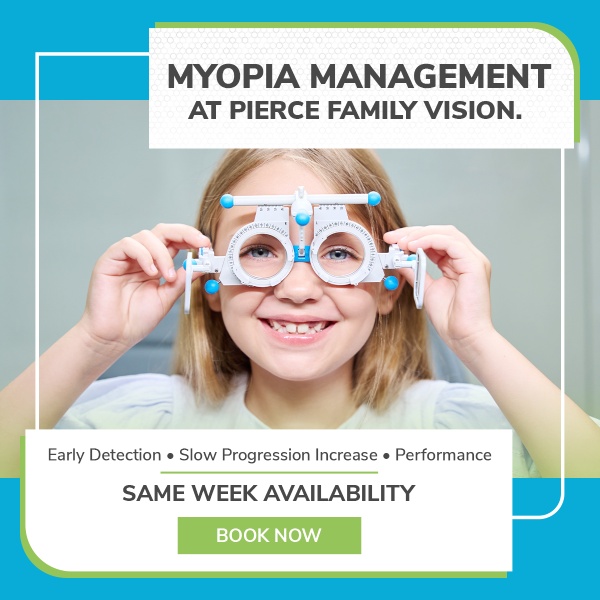Many of our patients are surprised to find out that it is perfectly acceptable to drive with a G license in Ontario with the use of only one eye. We have many patients who only have one “good” eye for various reasons, ranging from childhood amblyopia or injury to certain eye diseases like macular degeneration. A “G” license can be obtained as long as the other eye meets the MOT (Ministry of Transportation) vision requirements listed below.
When you first go to get your G1 or M1 Licence, your vision will be screened with both eyes open and examined together, with or without the aid of glasses or contact lenses (an “x” will be present on your license if glasses or contact lenses are needed to meet the requirements). If you have vision in one eye only, your vision will be screened using only your functioning eye. You need to demonstrate:
Visual acuity, which is measured by the Snellen Rating, that is not poorer than 20/50
A horizontal visual field of at least 120 continuous degrees along the horizontal meridian, and at least 15 continuous degrees above and below fixation
The vision requirements are understandably more stringent for specialty licenses such as A, B,C, D E or F (generally with visual acuity of at least 20/30 in the better eye and at least 20/100 in the worse eye with visual field of 150 continuous degrees along the horizontal meridian and 20 continuous degrees above and below fixation). These licenses also usually require regular medical checks.
FAQs about driving in Ontario:
What if I don’t meet MOT requirements?
Optometrists in Ontario are required to report patients who do not meet MOT requirements. We will generally have the patient back within a week to double check the findings and give the patient a chance to ask relevant questions, but we are legally required to report to MOT if the vision requirements are not met. However there is now a vision waiver program for patients who have less severe vision impairment and good driving records. This is a specific process which takes some time and is out of the control of the optometrist at that point. Patients who do meet the vision waiver requirements and have their license reinstated, are required to see their optometrist yearly thereafter to ensure that vision remains stable.
Can I get a form from my optometrist to skip the over age 80 vision test?
The best way to approach the over age 80 vision test is to do the one at the Ministry of Transportation (since spring of 2025 this is offered at all Service Ontario Locations). Honestly their tests are much quicker and usually easier than the ones the optometrist has to do, and they are included in your renewal fee. If you don’t meet the MOT requirements, they will give you a form to bring to your optometrist and more extensive vision tests can be performed, but there is a fee for this, as optometrists in Ontario are not allowed to bill OHIP for third party testing.
What does 20/50 mean?
This is usually the 5th line up on the vision chart. It means that what a person with “normal” vision sees at 50 feet, you have to move up to 20 feet to see.
What does 120 degrees of visual field mean?
This is a measurement of your peripheral vision. Imagine your old protractor from geometry class. 90 degrees is a right angle, so 120 degrees is a third again past this. Then use your arms to create the same angle when you hold them out to your sides. You have to be able to see everything between your arms, without any blind spots or what we call “scotomas”.
Hopefully this helps you understand driving requirements for vision in Ontario. Having regular eye exams and staying in good general health are your best bets to retain good vision for driving throughout your lifetime.
Dr. Patti Ellison



